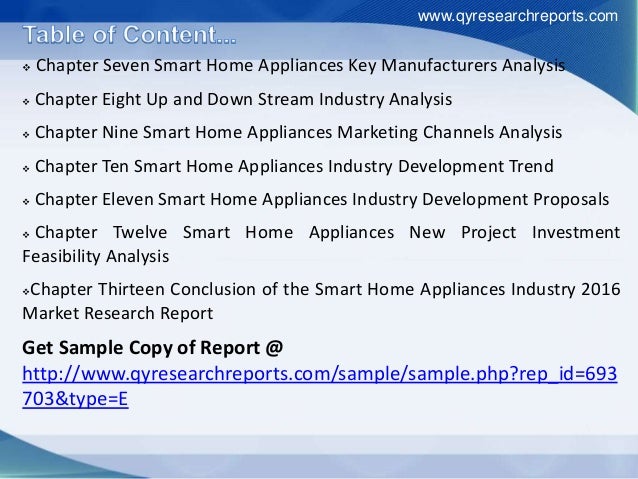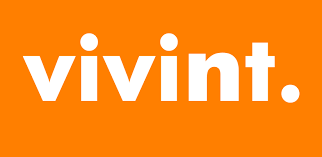Table of Content
I tapped Continue, confirmed that the bridge LED was blinking blue, and used my phone’s Wi-Fi settings to connect to it. I tapped Continue again, selected my home Wi-Fi SSID, entered my password, and the bridge was immediately connected to my network. My water meter is located in my basement at ground level and is easy to access, so I had the Flume 2 up and running in minutes, but your mileage may vary depending on the location and accessibility of your home’s water meter. To start, I downloaded the mobile app, created an account, and entered my location information . I also created a home profile with information including the number of bathrooms, my irrigation schedule, and the number of people living in the house.

According to a Ciena study report published in June 2021, more than half of adults in the Kingdom of Saudi Arabia (57%) and the UAE (54%) believe the future of the internet would be driven by their desire to become more energy efficient. A vast number of people in both countries are considering conducting more virtual activities to decrease their carbon impact. In addition, the adoption of smart type of home systems and consumption control devices is on the rise .
Related Reports
It includes theMDsensemulti-dimensional fall detection solution, which enables caregivers to respond to events faster by eliminating the risk of missed falls or false alerts. The non-wearable, wireless, battery-powered device utilizes advanced multi sensing technology to ensure continual monitoring without infringing on users' privacy. To determine the best smart plugs for your home, we selected WiFi models from a variety of popular brands and ran them through two sets of tests.
As a result of these key market trends, metro and edge networks are being asked to meet the ever-increasing demand. In order to become more efficient and reduce energy consumption, the network must obviously evolve according to consumer demand. The Europe smart home industry is expected to grow at a CAGR of around 25% over the forecast period from 2022 to 2030. This stronghold and growth can be attributed to the presence of key market players in the region, including ABB, Legrand, Schneider Electric SE, Siemens, Robert Bosch GmbH, and others.
COVID 19: Will Smart Building Technology Simplify the Return to the Office?
Rising need to minimize negative environmental effects and increase efficient utilization of resources is boosting adoption of green buildings. Increasing government initiatives for smart city projects and development of smart buildings are fueling adoption of smart lighting systems. Smart lighting solutions are integrated with sensor-based lighting technologies which help consumers use energy more efficiently owing to ability for automatic adjustment or switching off lighting when not required. Emergence of enhanced wireless technologies, which include entertainment controls, security and access regulators, and HVAC controllers are contributing to growth of the smart home market. The real estate industry is experiencing increasing demand for homes and residential units installed with home automation systems and smart home as smart technologies can increase interest and demand for a property. The convenience of controlling or remotely operating lighting, heating, and electrical devices with the help of home automation systems is a key factor driving demand for smart home technology.
The stage includes obtaining market information or related data through various sources and strategies. It likewise envelops the examination of information inconsistencies seen across different information sources. The market data is analysed and estimated using market statistical and coherent models. Also, market share analysis and key trend analysis are the major success factors in the market report. U.S. country is dominating the North America smart home market due to supporting infrastructure and strong product offering owing to strong manufactures base. North America smart home market is growing due to the increasing adoption of IoT based home devices and supporting strong connectivity solution.
The vision of the connected home is finally beginning to come together.
Optimize your product to give your users the best experience and you the market advantage. Choose one of our Corporate Solutions to get full access to our international database.
Our team of analysts can also provide you data in crude raw excel files pivot tables or can assist you in creating presentations from the data sets available in the report. WeR@Home+ Security and Home Management Platform TheWeR@Home+security and smart home management platform features the first high-definition video camera in the industry to provide HD video over secure radio frequency. It allows homeowners to independently manage their home environments in real time, from anywhere and on any device. It includes a suite of multi-functional detectors, including door/window sensors, a motion detector with multi-zone spherical lenses, a curtain sensor, and a multi-function button for security and smart home actions. These budget-friendly little devices make it easy to remotely control and automate just about anything that plugs into a wall, whether it’s lights, fans, coffee makers, or even inflatable holiday decorations. They’re also a great way to help ensure that you turn off products that could present a fire hazard if left unattended, such as hair straighteners and space heaters.
Health Tech
This factor is projected to be the most significant factor driving the growth for this market. The global smart home security camera market is expected to grow at a compound annual growth rate of 15.7% from 2019 to 2027 to reach USD 11.9 billion by 2027. To smart thermostats, tech companies are making more intelligent products than ever before.

Smart air purifiers and air conditioners are also on the rise to assist in elevating and maintaining air quality during this global health crisis. Some smart doorbells are integrating temperature-taking functionality so that people can screen their guests for one of the most basic Covid-19 indicators before allowing them inside. This trend had already started to permeate the smart home arena and the Covid-19 pandemic accelerated it in 2020 and 2021. You’ve likely seen touchless hand sanitizer dispensers in retail environments, and while they’re likely not smart-enabled, the potential is there—and the touchless concept is expanding. The most important key figures provide you with a compact summary of the topic of "Smart home" and take you straight to the corresponding statistics. Due to varying update cycles, statistics can display more up-to-date data than referenced in the text.
High installation cost of smart home technology, security vulnerabilities and lack of compatibility are some restraints to smart home market growth. The expanding penetration of the internet, the growing use of smartphones, and the expansion of social network platforms are all factors driving consumer IoT adoption. Because of the increased usage of internet-enabled smart devices such as radio frequency identification , barcode scanners, and mobile computers, the entire market for IoT is predicted to grow. In the last decade or so, internet penetration has risen dramatically, particularly in industrialized regions such as North America and Europe.

Globally, there are already 770 million cameras in use, with 54% of these being in China. According to a survey by Comparitech, 16 out of the top 20 most surveilled cities are in China. Our Smart Homes and Buildings market intelligence dives deep into the new technologies, hardware, services, and platforms driving investments and transforming smart building environments. The global smart home market revenue is projected to expand at a CAGR of 11.9% during the forecast period. Meredith is a writer and brand strategist with expertise in trends forecasting and Gen Z and Millennial culture. In addition to producing lifestyle content, she uses data-driven storytelling and actionable insights to help brands learn how to engage consumers.
Below the two panels is a bar chart that displays hourly water usage and total usage for the past 24 hours. Here you can create budget thresholds based on the amount of gallons that you want to stay within, and you can configure the app to send an alert when you’ve hit a specific percentage of your threshold. If you enable Away Mode, an emergency contact of your choosing will be contacted via email when a leak is detected. According to the company, the Flume 2 works on 95 percent of the water meters in the United States and is accurate to within one percent of the reading that you’ll get from your home’s water meter. It can detect flow rates of as little as 0.01 gallons per minute on 5/8-inch meters, 0.03GPM on 3/4-inch meters, and between 0.02GPM and 0.07GPM on larger (up to 1-1/2 inch) meters.

DATA Market Data spreadsheets are composed of deep data, market share analysis, and highly segmented, service-specific forecasts to provide detailed insight where opportunities lie. Asia Pacific is predicted to grow with the highest CAGR during the projection period. The increasing demand for automation solutions from residential applications is projected to drive growth in this region. The region's major players are focusing on cooperating with other well-known companies to create and deploy innovative smart type of home products. A smart home is an automated home setup that includes a wide range of products, including smart lighting, home security, smart appliances, smart entertainment, and others.
The IoT platform is one of the most significant global economic drivers for the smart home market growth. This factor shows that within some years, there would be massive clusters of sensors, devices, and things that would communicate through high-speed technology such as 5G. Such a growing proliferation of the internet of things devices is likely to drive the market towards a higher growth trajectory. Additionally, the shifted focus on improving energy efficiency will also offer numerous growth opportunities within the market. Our extensive research, which includes data, trend, and forecast reports, examines how next-generation technologies and service serve across and within Smart Homes and Buildings. Our service details market influence on and impacted by detailed areas including robotics, appliances and healthcare, as well as adjacent markets such as energy, insurance, mobile and OTT services and more.

Wired protocols often connect and help operate a hub of smart home devices at a central location. The secureness of wires laid behind walls and fewer connectivity issues are the key trends for wired protocols. The rising demand for low-latency smart home products is expected to push the segment’s growth in the region. Smart home devices are suitable for a home setup where devices can be automatically controlled distantly from any Internet-connected place in the world, using a mobile or other networked devices.

No comments:
Post a Comment